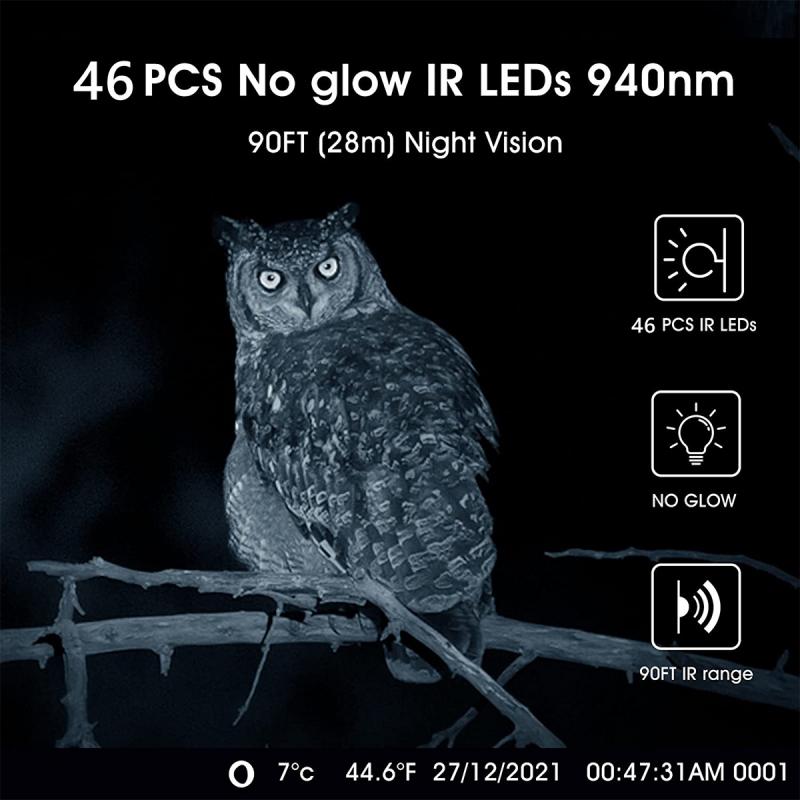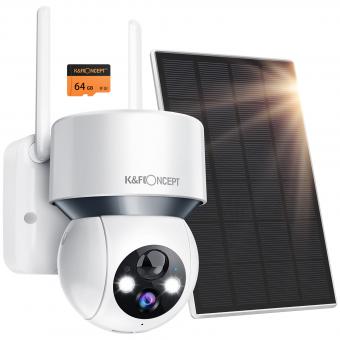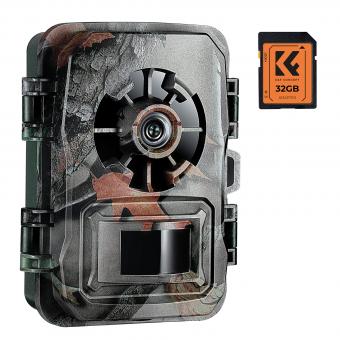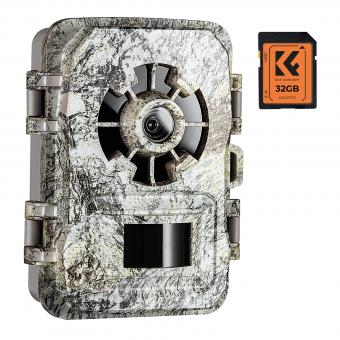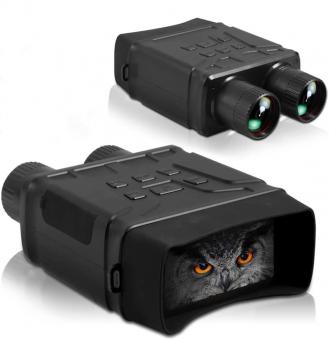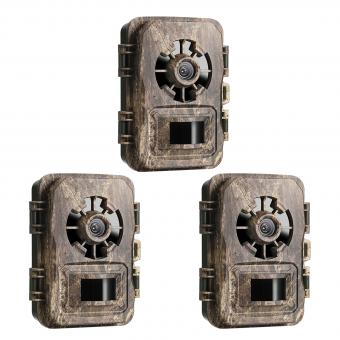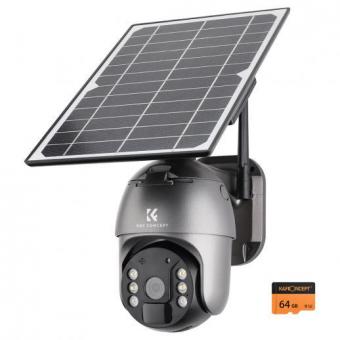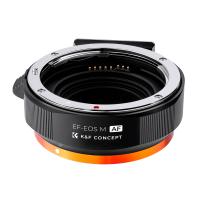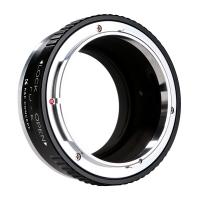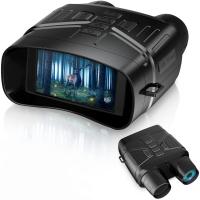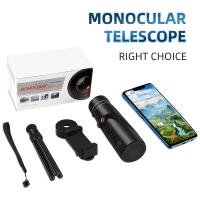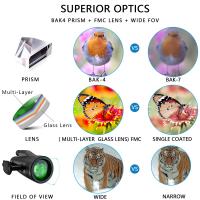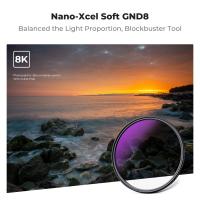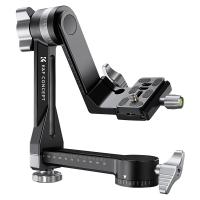Which Night Vision ?
Night vision refers to the ability to see in low-light conditions or complete darkness. There are several types of night vision technologies, including image intensification, thermal imaging, and active illumination. Image intensification amplifies available light to produce a visible image, while thermal imaging detects heat signatures to create an image. Active illumination uses infrared light to illuminate the scene and create a visible image. The choice of night vision technology depends on the specific application and requirements, such as range, resolution, and cost.
1、 Thermal Imaging
Which night vision technology is better, thermal imaging or traditional night vision? This is a question that has been debated for years, and the answer ultimately depends on the specific application and environment in which it will be used.
Traditional night vision technology, also known as image intensification, works by amplifying available light to create a visible image. This technology is effective in low-light conditions but can be hindered by complete darkness or obstructions such as fog or smoke.
On the other hand, thermal imaging technology detects the heat signatures of objects and creates an image based on the temperature differences. This technology is not affected by darkness or obstructions and can even detect hidden objects or individuals. However, thermal imaging can be less effective in detecting small or low-temperature objects.
In recent years, advancements in both technologies have led to improved performance and capabilities. For example, some night vision devices now incorporate both image intensification and thermal imaging technology for a more comprehensive view.
Ultimately, the choice between traditional night vision and thermal imaging depends on the specific needs of the user. For military or law enforcement applications, where detection of hidden individuals or objects is critical, thermal imaging may be the better choice. However, for general low-light conditions, traditional night vision may be more practical and cost-effective.
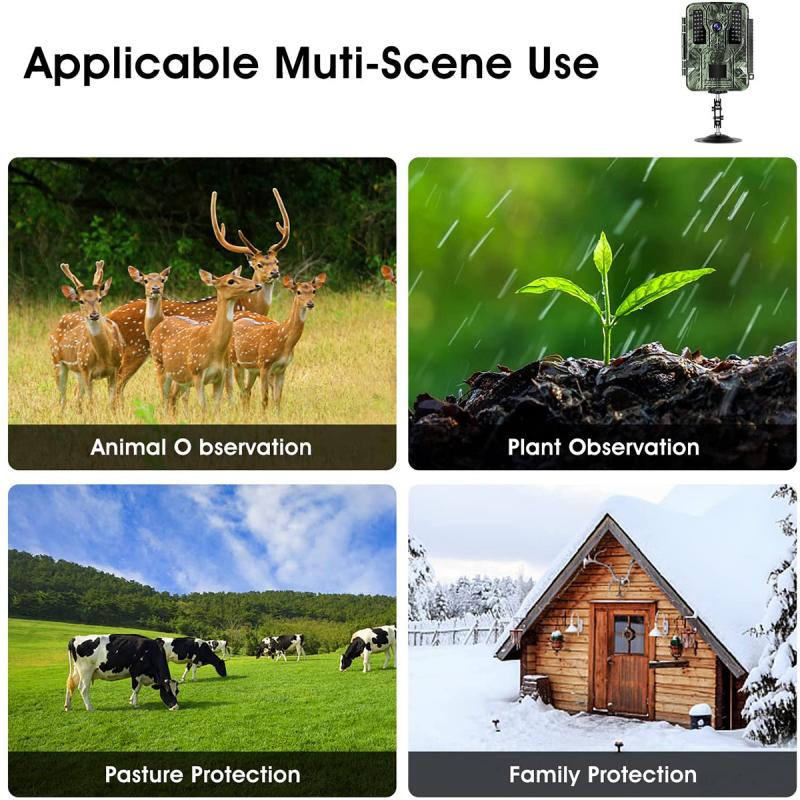
2、 Image Intensification
Which night vision technology is best depends on the specific application and requirements. Image Intensification (I2) is a popular night vision technology that amplifies available light to produce a visible image. It is commonly used in military and law enforcement applications, as well as in some civilian applications such as hunting and wildlife observation.
I2 technology has evolved over the years, with the latest advancements including improved image resolution, reduced size and weight, and increased durability. One of the latest developments in I2 technology is the use of digital image processing, which allows for enhanced image clarity and the ability to capture and record images and video.
However, I2 technology has some limitations. It requires some ambient light to function, so it may not be effective in complete darkness. It can also be affected by bright light sources, such as headlights or flashlights, which can cause temporary blindness or damage to the device.
Other night vision technologies, such as thermal imaging and fusion technology, may be better suited for certain applications. Thermal imaging detects heat signatures, making it effective in complete darkness and in detecting hidden objects. Fusion technology combines multiple types of sensors, such as I2 and thermal imaging, to provide a more comprehensive view of the environment.
In summary, while I2 technology has seen significant advancements in recent years, the best night vision technology depends on the specific application and requirements.
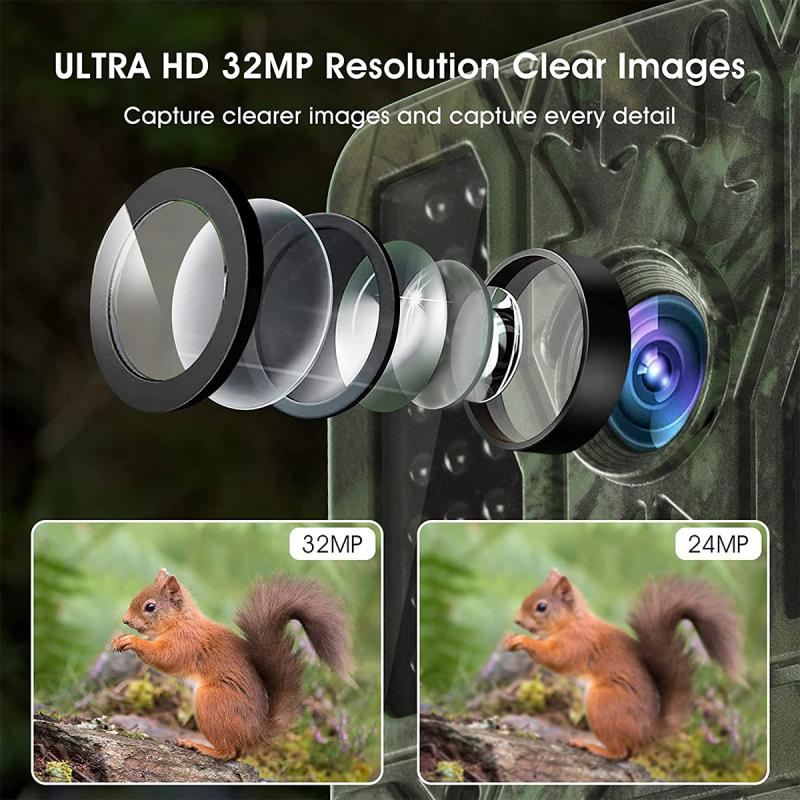
3、 Active Illumination
Which night vision technology is best depends on the specific application and requirements. However, one popular type of night vision technology is Active Illumination. This technology uses an infrared illuminator to emit light that is invisible to the human eye but can be detected by night vision devices. The reflected light is then captured by the device and converted into a visible image.
Active Illumination is commonly used in military and law enforcement operations, as well as in hunting and outdoor activities. It provides a clear and detailed image in complete darkness, making it an essential tool for night-time operations.
One of the latest advancements in Active Illumination technology is the use of laser illuminators. These devices emit a narrow beam of light that can reach longer distances and provide a more focused illumination. They are also more energy-efficient and have a longer lifespan compared to traditional infrared illuminators.
However, it is important to note that the use of Active Illumination technology can also have limitations. The emitted light can be detected by other night vision devices, making it easier for the enemy to detect and locate the user. Additionally, the use of Active Illumination may not be suitable for certain applications where stealth and covert operations are required.
In conclusion, Active Illumination is a popular and effective night vision technology that is widely used in various applications. The latest advancements in laser illuminators have further improved its capabilities, but it is important to consider the limitations and potential risks associated with its use.
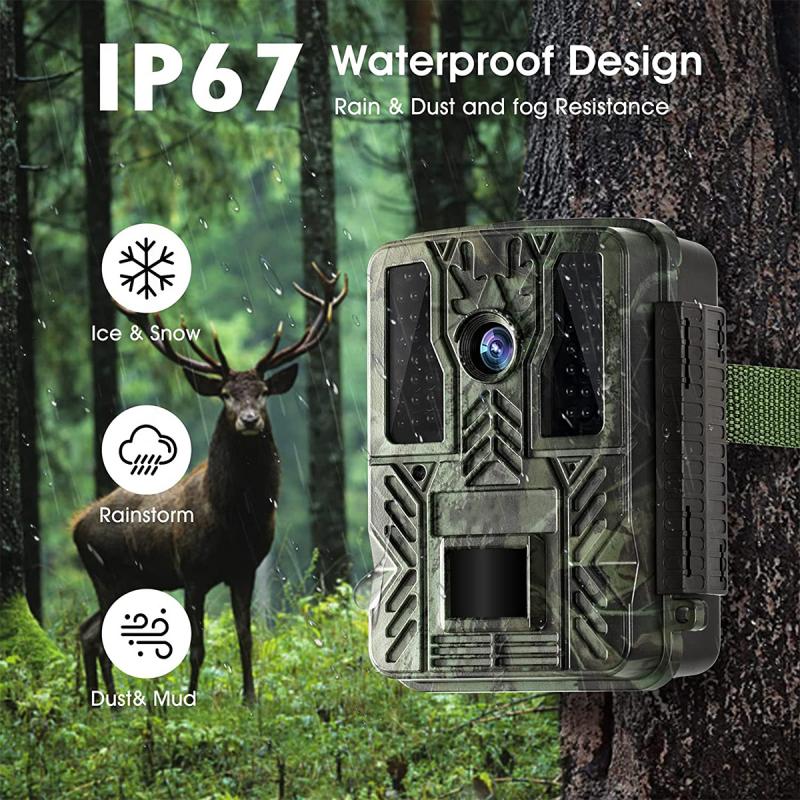
4、 Near-Infrared Illumination
Which night vision technology is best for you depends on your specific needs and budget. One popular option is Near-Infrared Illumination (NIR), which uses infrared light to illuminate the area and create a visible image. NIR is commonly used in security cameras, surveillance systems, and military applications.
NIR technology has improved significantly in recent years, with advancements in sensor technology and image processing algorithms. These improvements have led to better image quality, longer detection ranges, and reduced power consumption.
One advantage of NIR technology is that it can be used in complete darkness, making it ideal for nighttime surveillance. It is also less affected by weather conditions such as fog and rain, compared to other night vision technologies.
However, NIR has some limitations. It has a shorter detection range compared to other night vision technologies such as thermal imaging. It also requires a source of infrared light, which can be visible to the human eye and potentially give away the location of the camera or observer.
Overall, NIR technology is a reliable and cost-effective option for nighttime surveillance and security applications. However, it is important to consider your specific needs and budget before choosing a night vision technology.
